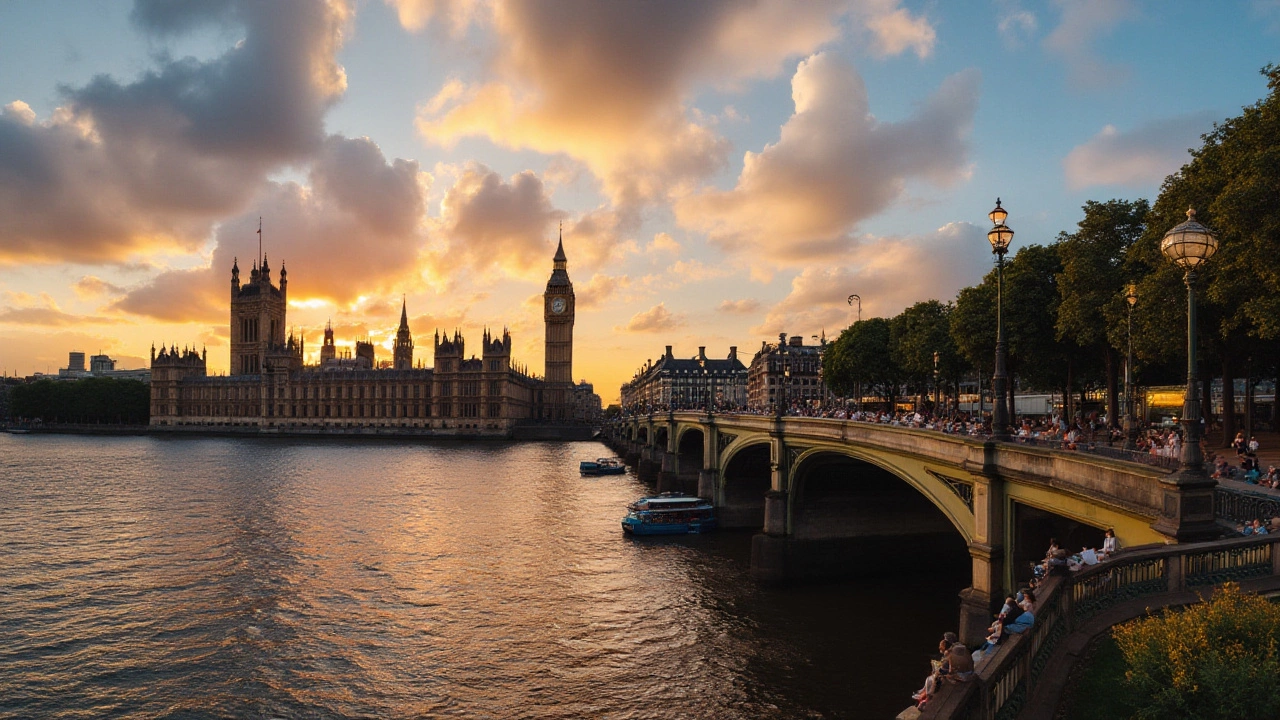Visit Britain: Your Handy Guide to Exploring the UK
If you’re thinking about a trip to Britain, you’re in for a mix of history, countryside, and city buzz – all at prices that can fit most wallets. The key is to plan ahead, pick the right spots, and move around smartly. Below you’ll find a straight‑forward plan that gets you from arrival to goodbye without blowing your budget.
Plan Your Trip the Smart Way
First, decide when you want to go. Shoulder seasons – late spring and early autumn – give milder weather and lower prices on flights and hotels. Use price‑compare sites to spot deals, and book flights at least two months ahead for the best fares.
Next, sort out transport inside the UK. Trains are fast but can be pricey; look for "railcards" that cut 1/3 off regular fares. If you’re hopping between cities, a rail pass can save you money, especially if you travel a lot in a short time. For rural areas, buses and coaches are cheap and surprisingly comfortable. Renting a car only makes sense if you plan to explore remote spots in Scotland or Wales where public transport is sparse.
Accommodation is the next big line‑item. Hostels, B&Bs, and budget hotels are plentiful in big cities; book early and check reviews for cleanliness. In the countryside, consider farm stays or vacation rentals – they often include a kitchen, letting you cook and shave off meal costs.
Top Places to See and What to Do
Britain isn’t just London. Start with a day or two in the capital: walk along the South Bank, grab a fish‑and‑chips wrap at a market, and pop into free museums like the British Museum or Tate Modern. For a different vibe, head north to York – its medieval walls and the famous Shambles street feel like stepping back in time, and most attractions are low‑cost.
If you love nature, the Lake District and Scottish Highlands deliver dramatic scenery without an entry fee. Pack a picnic, follow a marked trail, and breathe in fresh air. In Wales, the coastal path offers cliff‑top walks and hidden beaches that cost nothing but your time.
Don’t ignore smaller gems that are easy on the pocket. The city of Bath offers Roman baths (look for discount tickets online), while the Cotswolds villages provide picture‑perfect lanes and tea rooms where you can spend just a few pounds. In Northern Ireland, the Giant’s Causeway is a must‑see; buy tickets in advance to avoid queues.
Finally, think about food. Street markets, local pubs, and supermarket ready‑meals are cheaper than tourist‑focused restaurants. Try a simple Sunday roast at a village pub – you’ll get a hearty meal and a glimpse of British culture.
Visiting Britain doesn’t have to be pricey or overwhelming. Pick the right time, use railcards or coach passes, stay in budget lodging, and focus on free or low‑cost attractions. Follow this guide, and you’ll walk away with great memories, not a dented wallet.

Discovering the UK's Most Visited Tourist Destination
The UK boasts numerous attractions, but some places draw more visitors than others. This article delves into the most visited site in the UK, examining its appeal and offering tips for an unforgettable experience. It's a must-read for anyone looking to explore a quintessential part of British culture and history. Discover hidden gems nearby, things to do, and why it's a top choice for both locals and tourists.
Dec 1 2024
Menu